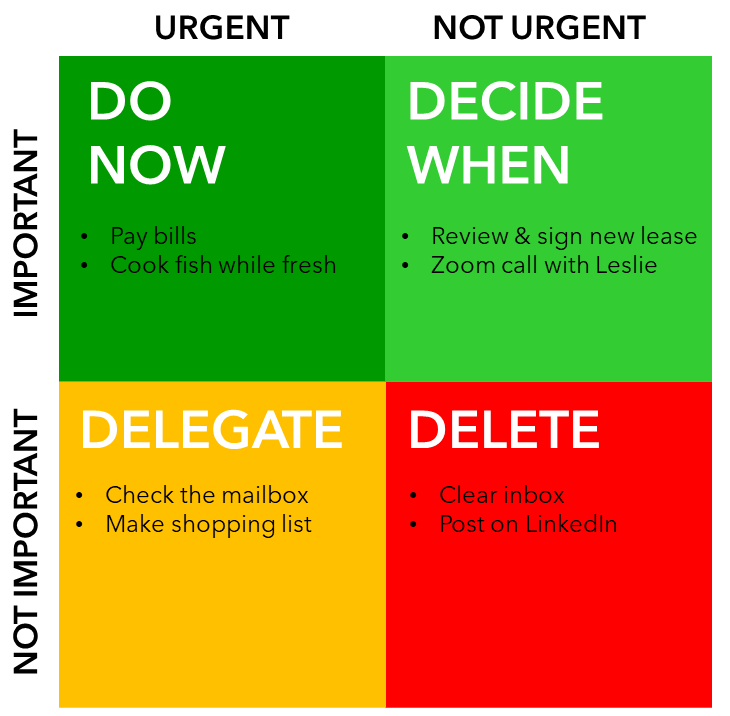The nurse in the emergency room seemed annoyed:
“Where do they normally put your father’s IV?” he huffed, as if my father got IV lines a lot.
“I don’t know,” I shrugged. “He hasn’t had one while I’ve been his caregiver.”
The doctor came in while the nurse was doing his thing and peppered me with questions.
I had an answer for each one and some that she didn’t ask.
I could tell her my father’s medications and doses.
I could tell her when those medications started and when others stopped and why.
I could tell her about trends in my father’s blood pressure and fasted blood glucose levels.
How could I do all this on the spot?
By having written it down on a free paper calendar that had come in the mail.
“You’re doing a great job with your dad,” the doctor said to me in front of the nurse, whose disposition softened fast. I hadn’t come to the ER expecting to “earn” good care for my father, but it seemed that I just had by coming equipped with answers.
Sadly, this wasn’t an isolated event—I’ve had a handful of health practitioners straighten up once it became clear that I was keeping track of things.
My mother is a fan of pocket calendars to track her vitals and medication changes and has records for the previous 2 years at any time. One doctor called the records “golden” and another wished out loud that all her patients had records like that.
Are you benefiting from the power of paper?
When I started caregiving for my parents, I called the D.C. Agency on Aging to learn about services they could get. The person who took my call suggested that I get a notebook for my mother to record the names and agencies of any aides who might come to the home.
Without that information, she explained, her office couldn’t respond to complaints.
Luckily, we had no complaints to make but the advice to be prepared was still good.
How might you use the power of paper for better care for yourself or someone else?
Taking care of ourselves is plenty to deal with administratively. Adding in a caree or two can make for a daunting “to do” list. If that’s your situation, you might try an Eisenhower Box, which is a prioritization tool that our 34th president used in his famously productive life.
You can start an Eisenhower Box by folding a piece of paper into quarters marked Do now, Decide When, Delegate and Delete.
“Do now” tasks are both urgent and important.
“Decide when” tasks are important but not urgent.
“Delegate” tasks are urgent but not important.
“Delete” tasks are neither urgent nor important.
A to-do list on scraps makes my head hurt because my tasks are jumbled and confront me all at once. But by using an Eisenhower Box—which I’m finally ready to get into the habit of using—I can capture tasks for the day, week, month and longer periods. This will allow me to make lists for later and relieve my brain from sifting through tasks that are months off yet.
Here’s a sample box that we can pretend I made for today:

This isn’t always true, but we can pretend that cooking fish is both urgent and important to me today because food waste is serious business and no haddock is going bad on my watch.
As for clearing my inbox and posting on LinkedIn, it’s not that they’re never important but they aren’t to me now given my current goals and aspirations.
So you could say that …
Urgent = what we feel must get done today.
Important = what we feel supports our values and moves us closer to our goals.
If you give an Eisenhower Box a try, let me how it works. Expect an update on my results ’cause I’ve decided it’s important—but not urgent—to let you know what happens. 😊


Published by